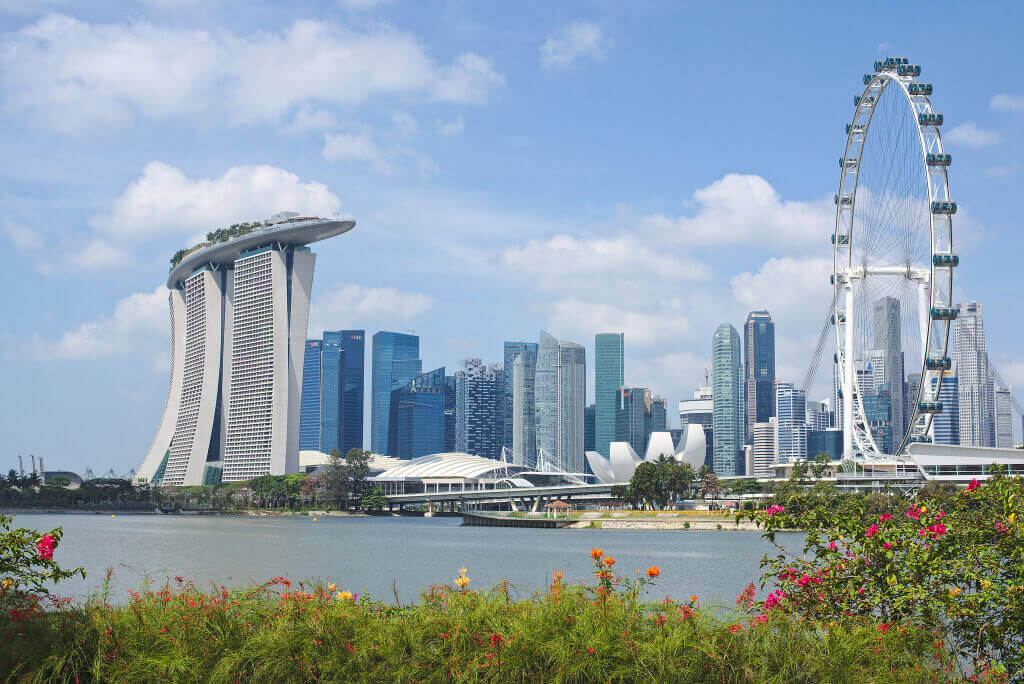
Compared with February 2015, the Asia Pacific region reported a 0.3% increase in occupancy to 64.2%, a 0.6% rise in average daily rate to US$109.42 and a 1.0% lift in RevPAR to US$70.28.
Hotels in the Asia Pacific region recorded positive results in the three key performance metrics when reported in U.S. dollar constant currency, according to February 2016 data from STR.
Compared with February 2015, the Asia Pacific region reported a 0.3% increase in occupancy to 64.2%, a 0.6% rise in average daily rate to US$109.42 and a 1.0% lift in revenue per available room to US$70.28.
Performance of featured countries for February 2016 (local currency, year-over-year comparisons):
Australia reported positive results in each of the three key performance metrics. Occupancy in the country increased 0.7% to 78.7%; ADR was up 2.9% to AUD197.61; and RevPAR grew 3.6% to AUD155.44. The absolute occupancy level was the highest for a February in the country since 2007. Absolute ADR and RevPAR were the highest values STR has ever benchmarked for a February in Australia. According to STR analysts, the Australian hotel industry continues to transition similarly to the broader Australian economy with financial centres, such as Sydney and Melbourne, growing strongly. Leisure destinations like Gold Coast, Cairns and Hobart have been helped by growing international tourism arrivals and a softened Australian dollar.
Indonesia experienced a 2.5% increase in occupancy to 56.3% but decreases in ADR (-4.7% to IDR1,045,671.00) and RevPAR (-2.3% to IDR588,469.78). The rise in occupancy came as a result of demand growth (+8.2%) outpacing supply (+5.6%) for the second consecutive month. In addition, the comparable occupancy level (54.9%) from 2015 was low, as the effects of the austerity measures had just started to show.
New Zealand saw a 1.1% lift in occupancy to 90.4% as well as double-digit increases in ADR (+13.7% to NZD199.07) and RevPAR (+14.9% to NZD179.92). The absolute occupancy and RevPAR levels were the highest STR has ever benchmarked for any month in New Zealand. ADR was the second highest value on record behind the Rugby World Cup months of 2011. According to STR analysts, the significant results in New Zealand were due to a combination of peak season, a large number of Chinese tourists during the Lunar New Year and limited supply growth (+0.4%).
Taiwan reported decreases in occupancy (-9.4% to 61.5%) and RevPAR (-8.9% to TWD3,648.76) with ADR remaining nearly flat (+0.6% to TWD5,928.38). Demand performance has fluctuated in the country while supply has grown at more than 1.0% for six straight months.
Performance of featured markets for February 2016 (local currency, year-over-year comparisons):
Delhi-National Capital Region, India, posted increases in occupancy (+1.3% to 76.9%) and RevPAR (+0.9% to INR5,379.70). ADR in the market remained steady (-0.4% to INR6,998.51). The absolute occupancy level was the highest in Delhi since February 2011. Growth in what is traditionally the market’s strongest occupancy month was somewhat limited with supply (+4.1%) remaining close to demand (+5.5%).




